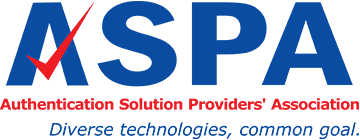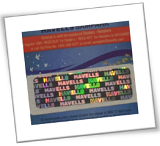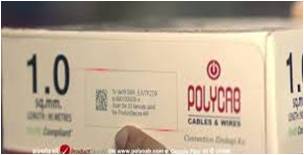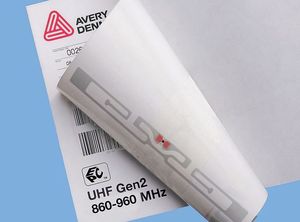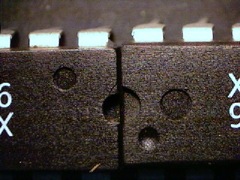Electronics & IT
Introduction
The electroindustry has felt the sting of counterfeiting as well. According to sources, it has revealed that counterfeiting occurs in several electronic product areas, but only a few have thus far been significantly affected to the point where member companies in those areas have implemented comprehensive strategies to protect their brands and customers. In the electrical sector, two types of marks can be important to commercial, industrial and household consumers in recognizing the quality of an electrical product. First, the manufacturer’s brand trademark, which identifies the source of the product and is recognized by customers as reflecting the manufacturer’s quality control, engineering skills, and testing practices to deliver consistent quality and safer products. Second, electrical products are often required by local codes to be “listed,” meaning they are evaluated by a third-party test lab, who not only tests the product to specified standards before entering the market but also has the right to randomly enter factories and evaluate manufacturing and quality control and conduct market surveillance and evaluate products after they are in the distribution channel. These listed products bear the certification mark of the third-party testing organization. A variety of electrical products have been found in India to bear counterfeit third-party test laboratory certification marks without authorization.
Most commonly counterfeit electrical products
According to research several electrical products have been impacted by counterfeiting. The list includes products used in industrial and commercial applications as well as consumer products:
- Conduit fittings, Circuit breakers, Control relays, Control switches
- Extension cords, Dry-cell and cell-phone batteries, Electrical connectors
- Electrical receptacles, Fuses, Ground-fault circuit interrupters, Ground rods
- High voltage surge arrestors, Lamps (light bulbs)
- Lamp ballasts (fluorescent lamps), Lighting fixtures (luminaires);
- Small electric motors, Motor control centres
- Welding electrodes and other welding consumables
- Wire and cable (including telecommunication wire and extension cords)
